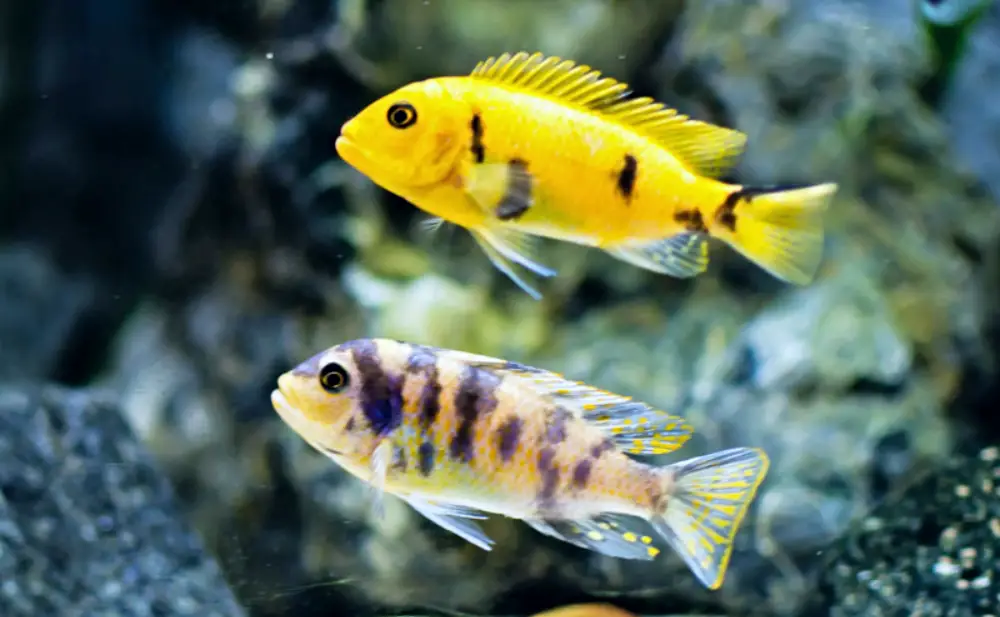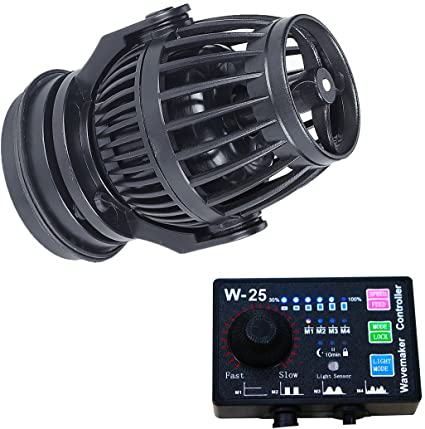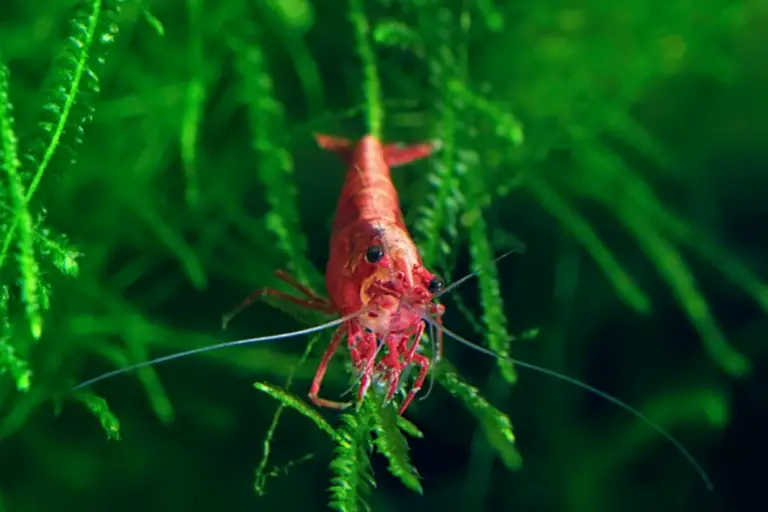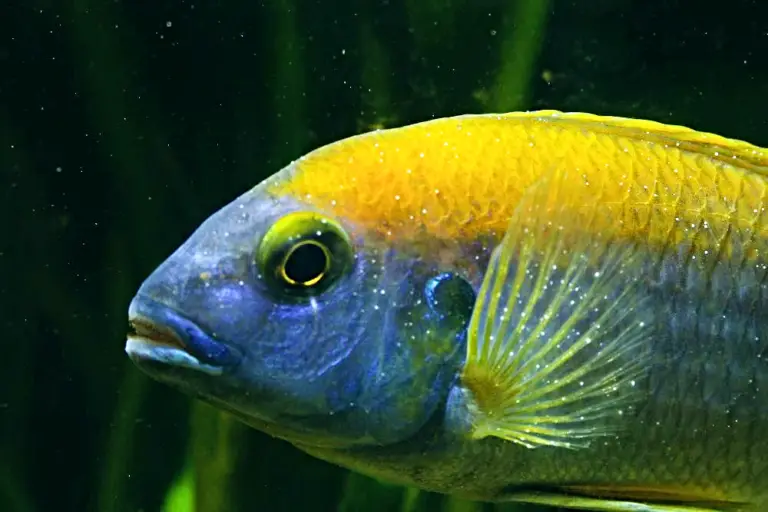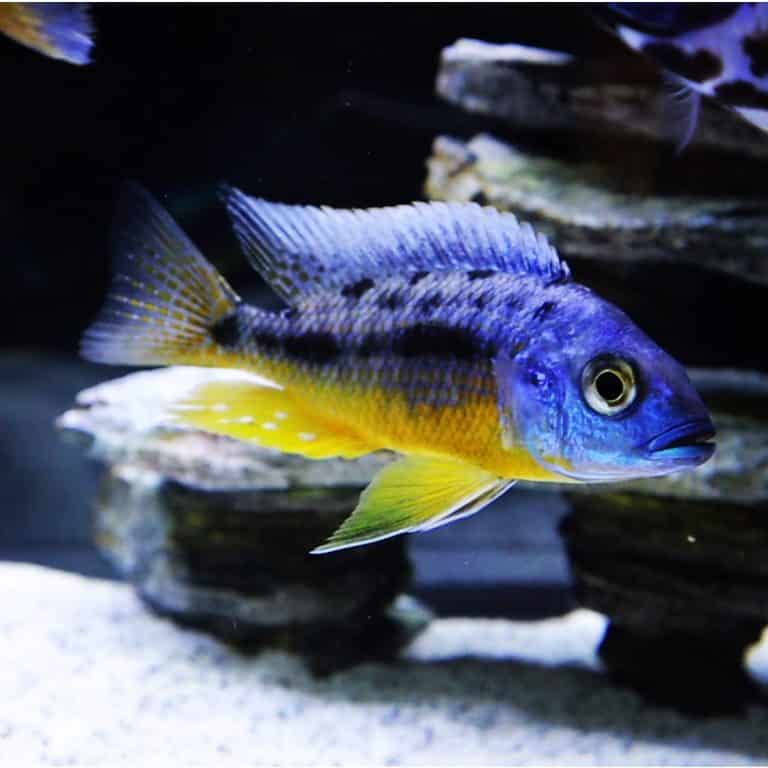The Difference Between Male and Female African Cichlids
Ever found yourself wondering about the subtle nuances between male and female African cichlids? Or have you ever fancied the idea of being a matchmaker for your aquatic buddies? Well, you’re in for a treat!
In this blog, we set out a guide for you that covers various elements of your African cichlids that make them either male or female. From their vibrant hues to the subtle intricacies that make them tick.
Whether you’re dreaming of creating the next generation of aquatic wonders or just seeking a deeper connection with your finned friends, join us on this discovering the difference between male and female African cichlids!
Why Knowing the Difference Matters
First off, it’s not just about sporting the boldest colors. Distinguishing between male and female cichlids is crucial in maintaining a balanced tank dynamic. Males may flaunt their vibrant hues as part of their courtship rituals, but without a discerning eye, it might lead to some unintended splashy drama.
Now, let’s talk about family planning. If you’re daydreaming about adorable cichlid fry darting around your tank, understanding the sexes is a must. Breeding success often hinges on creating the right conditions for courtship and spawning, making it essential to know which finned friend is playing which role.
And for the overall wellness of your aquatic pals, recognizing gender differences aids in tailoring your care approach. From dietary needs to potential territorial behaviors, tailoring your care to each gender ensures a tank that’s not just visually stunning but also a thriving, happy habitat for your aquatic buddies.
Visual Differences between Male and Female African Cichlids

Coloration and Markings
Now, imagine your aquarium as a vibrant canvas, and male cichlids are the living, breathing masterpieces. These dudes often flaunt colors that are not only more intense but also intricately patterned compared to their female counterparts. Take the Peacock Cichlid, for example — males boast a kaleidoscope of hues, from electric blues to fiery reds, while females lean towards more subdued tones.
On the flip side, female cichlids often showcase a more modest palette. Their colors might be elegant and subtle, providing a perfect contrast to the flamboyant males. For instance, the Electric Yellow Cichlid displays a striking difference — males shine in a brilliant yellow, while females radiate a softer, lemony glow.
Size and Body Shape
Now, when it comes to size, typically, male cichlids are the heavyweights, boasting larger bodies and more imposing statures. Picture them as the guardians of the tank. Females, while equally majestic, tend to be more petite, with a slightly different body shape.
Variations abound across different African cichlid species. For instance, the Malawi Eye-Biter has a dramatic size disparity -– males are the giants, while females, though smaller, wield their own elegance with shapes.
Physical Characteristics

Egg Spots and Ovipositors
Ever noticed those intriguing spots on the anal fin of your male cichlid? Those are the infamous egg spots — nature’s way of adding a touch of drama to the dating scene! Male cichlids flaunt these spots during courtship to mimic eggs, a clever strategy to woo the ladies. It’s like having a built-in charm that says, “I’m ready to be a parent!”
On the other side of the tank, female cichlids sport ovipositors — specialized structures used for depositing eggs. They play a role in reproduction, ensuring that the eggs are placed in the right spot for safekeeping.
Genital Papilla
Now, let’s talk about the more discreet but equally essential feature — the genital papilla. Males often have a more pointed and pronounced genital papilla, while females have a rounder, less conspicuous one. Spotting and identifying this feature may require a bit of patience and observation, but once you’ve mastered it, you’ll feel like a fish detective with a badge of honor!
Behavioral Cues

Courtship Displays
Picture this — your aquarium turns into a stage, and the male cichlids are the charming performers. These guys are the true showstoppers, putting on spectacular courtship displays to woo the ladies. From fin flares to dance moves, male cichlids turn on the charm to catch the eyes of their potential mates.
Mating Behaviors
Now, when love is in the water, the mating behaviors take center stage. Keep an eye out for the synchronized swimming routine — a surefire sign that love is in the aquatic air. Females may display a slightly more reserved demeanor, carefully evaluating their suitors.
Other Notable Distinctions
Beyond courtship and mating, male and female cichlids may exhibit distinct behaviors in day-to-day tank life. Males might assert their dominance with subtle territorial displays, while females may take on nurturing roles, especially during the fry-rearing phase.
Species-Specific Differences
Each African cichlid species comes with its own unique set of quirks. While we’ve covered some general guidelines for identifying gender differences, let’s take a moment to appreciate the individuality of each African cichlid species.
Let’s take the following as an example:
Peacock Cichlids (Aulonocara spp.):
- Males: Typically larger and more brightly colored with intricate patterns. They may display elongated dorsal fins.
- Females: Smaller and less vibrant in color, often with more subdued hues.
Electric Yellow Cichlid (Labidochromis caeruleus):
- Males: Display a bright, solid yellow coloration with black fin edges. They are generally larger and more vivid.
- Females: Smaller and exhibit a paler yellow color, sometimes with black markings.
Malawi Eye-Biter (Dimidiochromis compressiceps):
- Males: Larger, more elongated bodies, and often boast a distinctive “eye-biting” appearance with a specialized jaw structure.
- Females: Smaller and more streamlined, lacking the pronounced features of the males.
Red Zebra Cichlid (Maylandia estherae):
- Males: Vibrant red and blue coloration with vertical bars on the body. They tend to be larger and more colorful.
- Females: Smaller, less colorful, and may display a subdued orange or yellow hue.
Frontosa Cichlid (Cyphotilapia frontosa):
- Males: Larger and with a more prominent nuchal hump on the forehead. They often have longer fin extensions.
- Females: Smaller, with a less noticeable nuchal hump, and may have a more streamlined appearance.
It’s important to note that while these descriptions provide general trends, there can be variations within each species, and individual fish may exhibit unique characteristics. Additionally, factors such as age, health, and environmental conditions can influence the appearance of both male and female African cichlids.
Venting — A Closer Look
Now, for those seeking a more advanced approach to gender identification, venting is a technique that involves examining the vent area, the opening located just behind the anal fin. While this method requires some expertise, it can provide additional insights into the gender of your cichlids.
Male vs. Female Vent Differences
Males typically have a more pointed and often slightly larger vent, while females may display a rounder and less pronounced vent. Though venting requires careful observation, mastering this technique can be beneficial for hobbyists looking to refine their gender identification skills.
Caution and Considerations
Venting should be approached with care to avoid causing stress to the fish. It’s recommended for experienced hobbyists or those seeking guidance from professionals.
See exactly how we, at KaveMan Aquatics, vent our African cichlids:
Craft Your Fin-tastic Underwater World With Aquabuildr!
And there you have it! Remember, identifying the differences between male and female African cichlids is key to a harmonious and thriving underwater community.
Want to know more about your favorite species, why not check out Aquabuildr? This intelligent app takes the guesswork out of creating the perfect tank, considering factors like pH, temperature, and even fish gender. Whether you’re building from scratch or choosing from their variety of starter tanks, Aquabuildr is your companion in crafting the ultimate aquatic masterpiece.
Download the app on the Google Play Store or Apple App Store for FREE, and let Aquabuildr be your guiding neighbor in the aquatic world.
-
The Difference Between Male and Female African Cichlids
Dive into the world of male and female African cichlids! Uncover the fin-tastic distinctions that make your aquarium a lively and colorful underwater haven.

